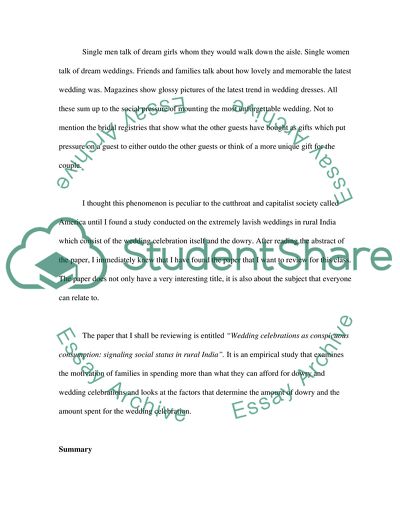Cite this document
(Wedding Celebrations as Conspicuous Consumption Article, n.d.)
Wedding Celebrations as Conspicuous Consumption Article. https://studentshare.org/sociology/1754623-wedding-celebrations-as-conspicuous-consumption
Wedding Celebrations as Conspicuous Consumption Article. https://studentshare.org/sociology/1754623-wedding-celebrations-as-conspicuous-consumption
(Wedding Celebrations As Conspicuous Consumption Article)
Wedding Celebrations As Conspicuous Consumption Article. https://studentshare.org/sociology/1754623-wedding-celebrations-as-conspicuous-consumption.
Wedding Celebrations As Conspicuous Consumption Article. https://studentshare.org/sociology/1754623-wedding-celebrations-as-conspicuous-consumption.
“Wedding Celebrations As Conspicuous Consumption Article”. https://studentshare.org/sociology/1754623-wedding-celebrations-as-conspicuous-consumption.


